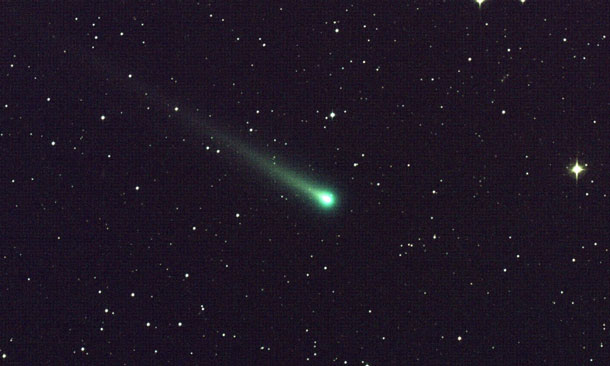
CAPE CANAVERAL, Fla. (Reuters) – A curious radio signal picked up by a Russian telescope is probably not a transmission from an extraterrestrial civilization, but astronomers in California are taking a second look anyway, the SETI Institute said on Tuesday.
A group of Russian astronomers last year detected what appeared to be a non-naturally occurring radio signal in the general location of a star system 94 light-years from Earth.
Their findings emerged after Italian researcher Claudio Maccone, who chairs the International Academy of Astronautics committee on the Search for Extraterrestrial Intelligence, or SETI, told colleagues of a presentation he heard about the signal, said Seth Shostak, a director at the SETI Institute.
“I don’t think we’re taking it terribly seriously,” Shostak said. “The Russians looked in this direction 39 times, and as best we can tell they found it once.”
Most likely, the radio signal was caused by terrestrial interference or a satellite, a common occurrence, Shostak told Reuters.
If the Russians thought they had a serious signal from ET, he said, they also likely would have disclosed it sooner.
“They didn’t say anything about it for more than year. If we had found a signal, we’d check it out and call up other astronomers to check it out as well,” Shostak said.
Nevertheless, SETI astronomers have spent the last two nights using an array of radio telescopes in California to study the suspect star, HD 164595, which has one known planet in orbit.
The planet is about the size of Neptune, but circles its star far closer than Mercury orbits the sun. HD 164595 could have other planets in orbit that are more suitably positioned for water, which is believed to be necessary for life.
So far, though, astronomers have not detected any unusual signals from the star, Shostak said.
“We have to be very careful not to get cynical about false alarms,” he said. “It’s easy to say ‘Aw man, it’s just another case of interference,’ but that risks not paying attention when you should.”
(Reporting by Irene Klotz; Editing by Daniel Wallis and Frances Kerry)






